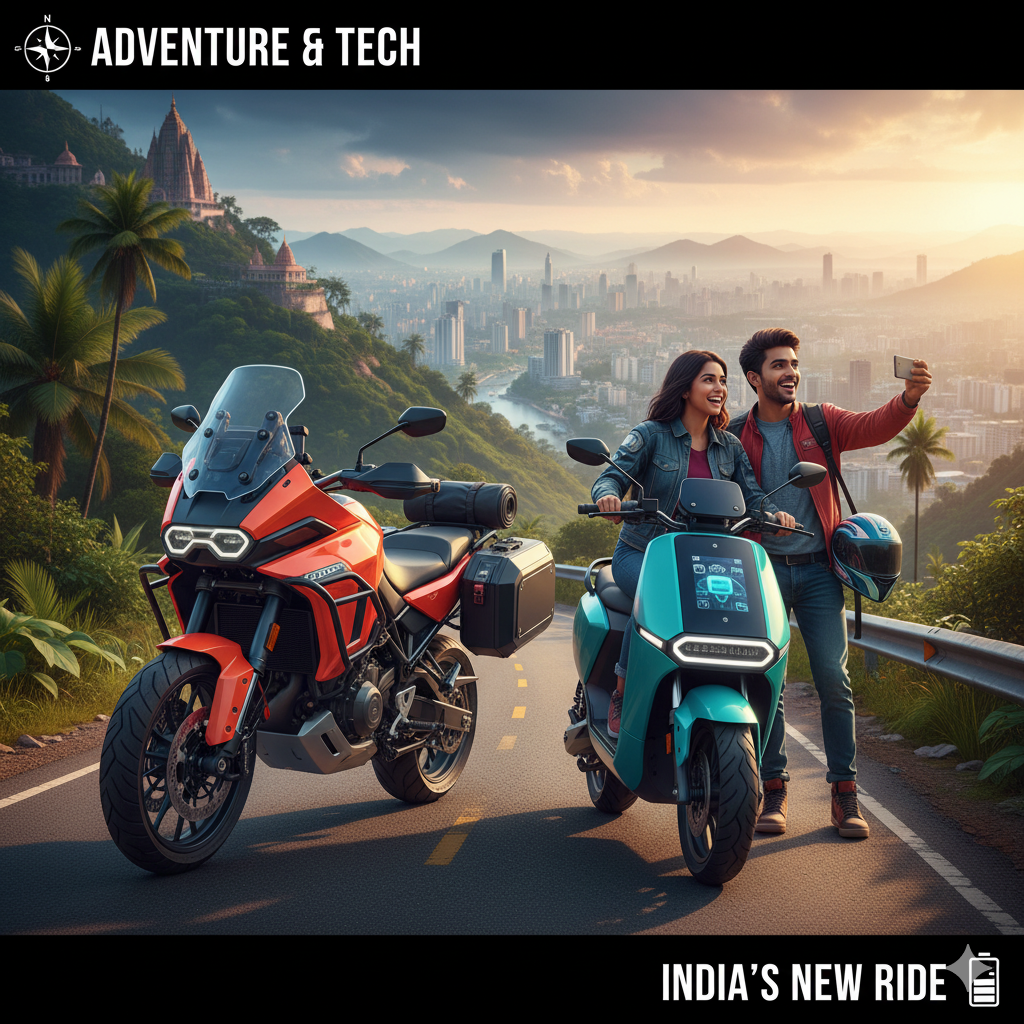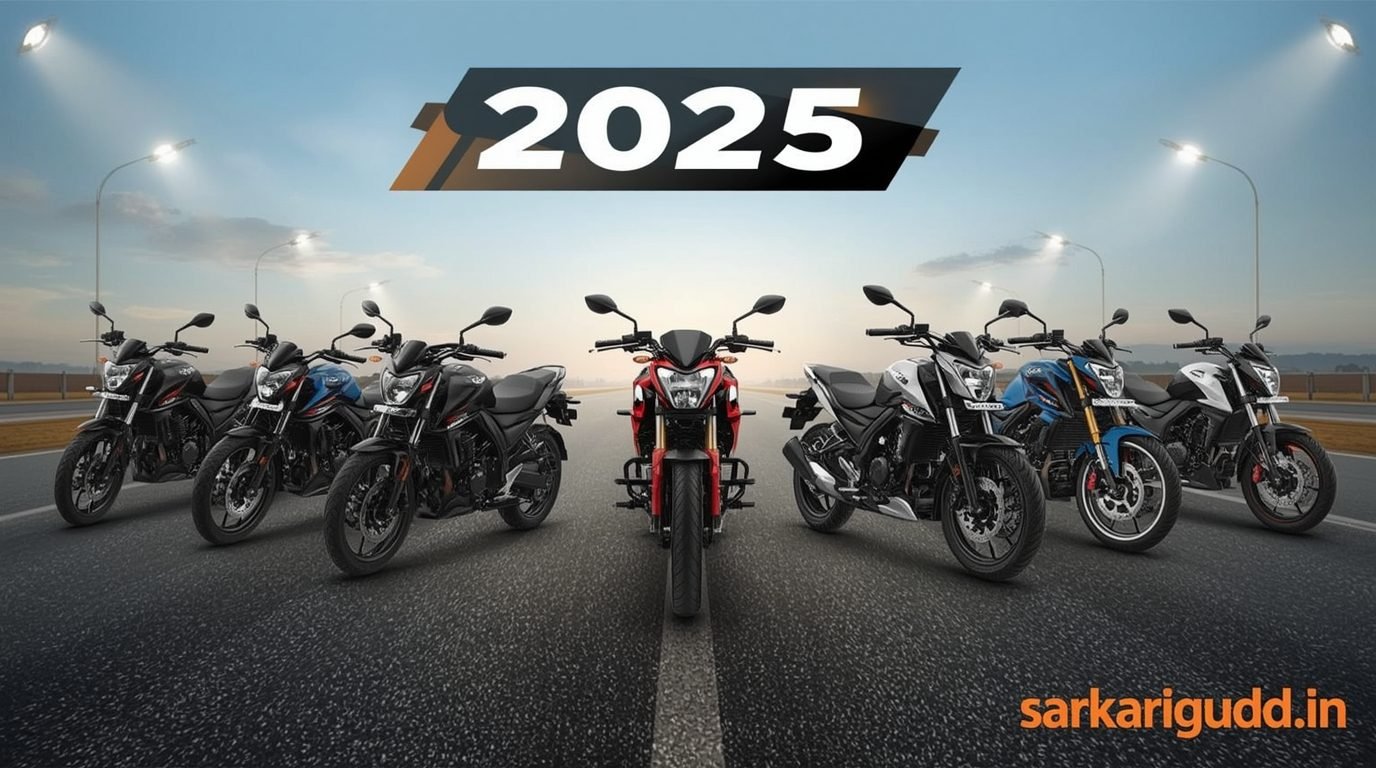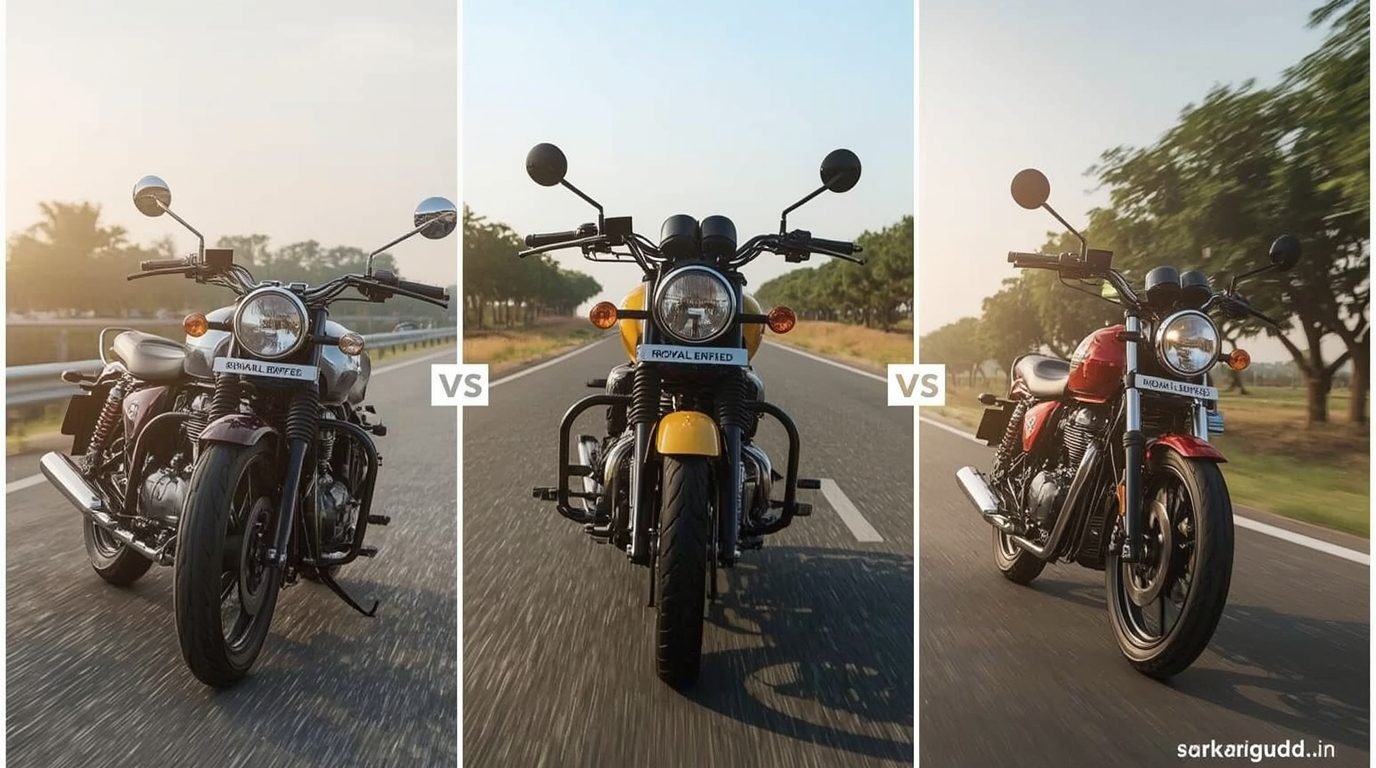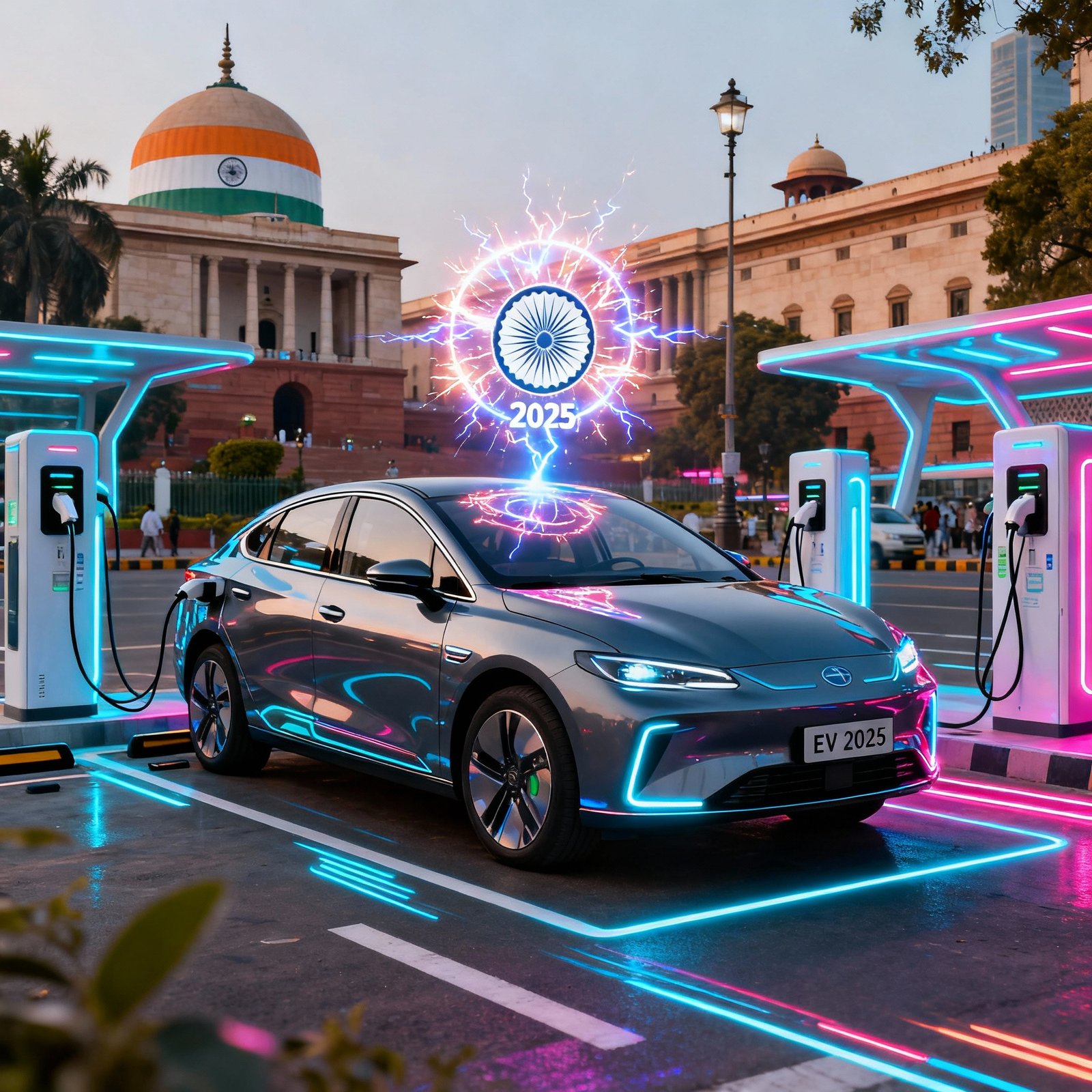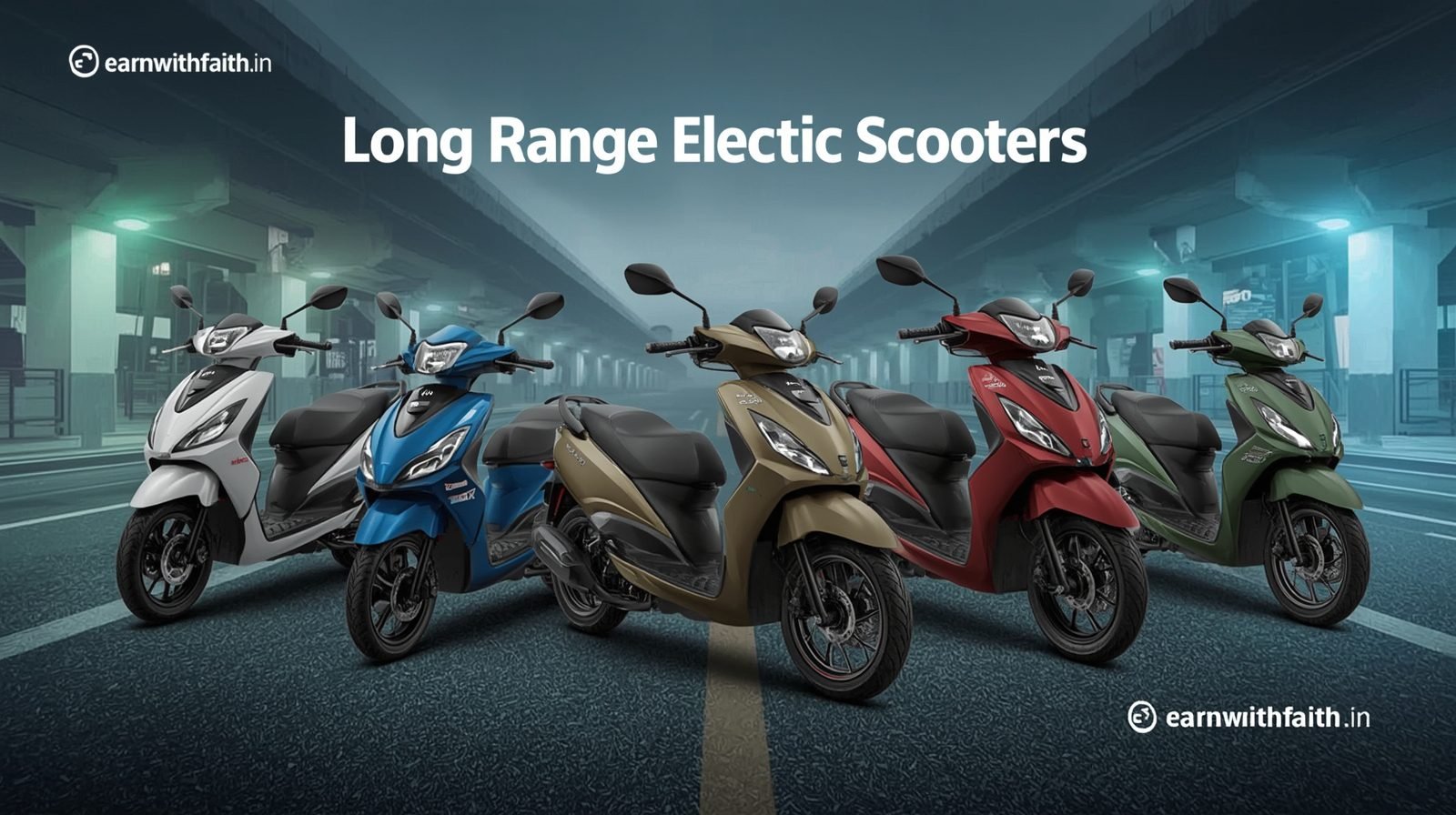The Changing Ride of Bharat
It’s a crisp Sunday morning in Indore. The tea stalls are busy, engines hum faintly, and 27-year-old Ankit Jain zips past with a GoPro mounted on his helmet. His shiny new two-wheeler isn’t a basic commuter bike—it’s a sleek adventure tourer.
Just a few years ago, Ankit would have settled for a mileage-focused 100cc bike for his daily office runs. But today, he’s exploring nearby ghats and weekend trails, documenting rides for his growing YouTube channel.
This story mirrors a massive transition underway in India’s heartland. The two-wheeler market in Tier-2 and Tier-3 cities—once defined by affordability and mileage—is evolving into a vibrant ecosystem driven by lifestyle choices, performance preferences, and smart connectivity.
The Rise of Aspirational Buyers Beyond Metros
For decades, metropolitan buyers were considered the taste-makers of premium mobility. But that narrative is shifting. Today, smaller cities and towns account for over 55% of India’s two-wheeler sales, according to recent industry data.
The driving force? A perfect blend of aspirations, incomes, and identity.
- Rising disposable incomes: Families in cities like Nashik, Ranchi, and Surat are upgrading from entry-level bikes to performance-oriented scooters and adventure bikes.
- Digital influence: Social media, YouTube moto-vlogs, and online bike communities have created a strong “I want that too” sentiment.
- Better roads & infrastructure: Tier-2 and Tier-3 cities have seen striking road improvements, supporting higher-powered two-wheelers.
- Youth-driven demand: Gen Z and millennials are viewing bikes as lifestyle extensions—symbols of freedom, self-expression, and adventure.
From Mileage to Meaning: What Today’s Riders Really Want
For years, Indian two-wheeler advertisements revolved around mileage. “Kitna deti hai?” was the ultimate question. But today’s rider doesn’t just count kilometers per liter—they measure life per ride.
The New Rider Mindset
- Purpose-driven purchase: From commuting convenience to weekend exploration—utility now coexists with passion.
- Tech-savvy decisions: Features like Bluetooth connectivity, turn-by-turn navigation, and digital consoles influence choices.
- Comfort & suspension: Riders in smaller towns increasingly prefer options that handle bad roads and long rides alike.
- Brand personalization: Limited edition variants, color customization, and touring accessories are driving solid engagement.
The Smart Scooter Revolution
While motorcycles dominated the landscape, a new hero has appeared—the smart scooter.
Electric and hybrid scooter brands like Ola, Ather, and TVS proudly report surging adoption in cities like Jaipur and Nagpur. Buyers here crave technology, savings, and sustainability but without sacrificing convenience.
Key trends powering this scooter surge:
- Integrated mobile apps and remote diagnostics.
- Features like regenerative braking and fast charging.
- Stylish design tailored for young professionals and women.
- State government EV incentives improving cost-benefit ratios.
As fuel prices soar, EV two-wheelers in Tier-2 cities are expected to outpace metro adoption rates in the next five years.
Lifestyle Choices Powering the Evolution
The essence of this market shift is emotional. Younger buyers want stories, not just rides.
Adventure Biking Becomes Aspirational
Weekend trails in Coimbatore, scenic routes in Assam, and hill runs near Dehradun are filled with local riders upgrading to adventure-tourer bikes. For many, it’s not about horsepower—it’s about horizons.
Content Creation Revolution
Small-town creators are influencing big-brand sales. Moto-vloggers, product reviewers, and biker communities are reshaping online marketing dynamics. A viral short clip of a scenic “first ride experience” can now sell more bikes than a billboard in Bengaluru.
The Scooter as a Status Symbol
For working women in Tier-2 cities, scooters have become synonymous with confidence. Stylish, low-maintenance two-wheelers offer not just convenience—but a sense of empowerment.
Technology Meets Tradition: Innovation in the Heartland
Smart features are becoming the new differentiator. Leading OEMs are localizing advanced tech for smaller markets.
- Connectivity: Bluetooth-enabled digital clusters allow music control, call alerts, and route mapping on the go.
- Safety add-ons: ABS (Anti-lock Braking System) and traction control, once premium, now feature in mid-range models.
- Eco-mode & hybrid systems: Riders can toggle between power and economy, striking the perfect balance.
But innovation isn’t just hardware-deep—it’s in financing and ownership models too.
Fintech Fuels the Ride
Buying high-value bikes has become easier than ever, thanks to digital finance platforms that reach semi-urban India.
Key enablers include:
- Instant loan approvals and flexible EMIs through app-based systems.
- Micro-financing options for first-time buyers.
- Extended warranties and subscription-based ownerships.
Banks and NBFCs are innovating aggressively to serve the rising demand in Bharat markets, recognizing a reliable and loyal new consumer base.
Rural vs Urban: The Changing Value Equation
| Aspect | Urban Markets | Tier-2 & Tier-3 Markets |
|---|---|---|
| Purchase Motivation | Style, Performance, Tech-Driven | Value, Reliability, Upgrade-driven Aspiration |
| Popular Segments | Sport bikes, Electric scooters | Commuter bikes, Adventure tourers, Utility scooters |
| Financing Behavior | Credit card EMIs, Leasing | NBFC loans, Monthly EMIs, Cooperative loans |
| Brand Loyalty | Experimentation-heavy | Long-term trust & after-sales reliability |
The line between these segments is blurring fast. Today’s Gwalior buyer wants performance and practicality.
The Environmental Awakening
Eco-conscious decision-making isn’t limited to metropolitan youth anymore. In smaller towns, rising fuel costs and environmental awareness are merging motivations.
- EV charging infrastructure is improving across highways and semi-urban clusters.
- Subsidy literacy is spreading through local retailers.
- Startups are setting up battery-swapping kiosks in markets like Bhopal and Bhubaneswar.
As a result, India’s electric two-wheeler adoption curve is steepening at the grassroots.
Brand Stories Built on Emotion
Legacy manufacturers like Hero, Honda, and Bajaj have retooled their campaigns. Instead of just “mileage ka sultan,” ads now celebrate freedom, independence, and discovery.
- Hero’s “Passion of India” series features regional storytellers.
- Bajaj’s “Friends of the Road” community tours engage real riders.
- TVS and Royal Enfield host local ride fests—bridging aspiration with experience.
These efforts are not just selling bikes—they are building tribes.
What the Future Roads Hold
The coming decade belongs to hybrid ambition—performance blended with practicality, sustainability layered with aspiration.
Three shaping trends:
- Affordable EV ownership: Price parity between petrol and electric models within 3 years.
- Local assembly and innovation hubs: More R&D centers in mid-tier clusters to tailor bikes for local conditions.
- Content-driven marketing: Trust built by creators rather than celebrities.
As Bharat rides toward a more connected, confident future, two-wheelers are no longer just a means to reach work—they’re how people reach their dreams.
